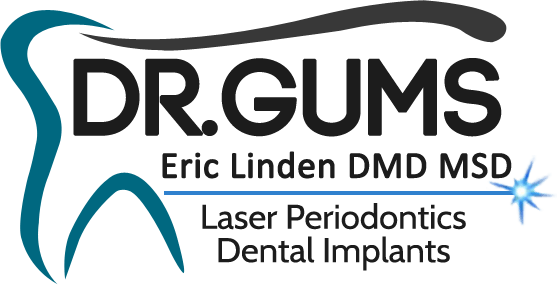CHICAGO – August 20, 2002 – Answer: A toothbrush. As summer comes to an end, many Americans are rushing to their favorite vacation spot to enjoy the final days of summer. The American Academy of Periodontology (AAP) surveyed 71 periodontists to offer oral health tips and ensure consumers stick with their oral hygiene regimen while on vacation.
“Most consumers naturally spend more time thinking about which outfits they are going to pack for their vacation than their oral health needs,” said Kenneth Bueltmann, D.D.S., president of the American Academy of Periodontology. “This is unfortunate because there are several things to take into consideration regarding your oral health especially if you are traveling abroad.”
For example, 59 percent of periodontists surveyed recommend storing toothbrushes in containers with air holes that allow bristles to completely dry, killing oral bacteria, and keep other family members’ toothbrushes from touching. Ninety-seven percent recommend cleaning these travel containers before and after travel. Yet more than one-third of all patient respondents indicated that they never thought to clean their containers.
In order to avoid bacterial growth when traveling or at home, some periodontists recommended that patients wash their toothbrushes periodically in the dishwasher, store it in the refrigerator or place it in a cup with mouthwash.
“It is important to disinfect your toothbrush and storage container frequently to kill potentially harmful bacteria that could cause periodontal disease, a serious bacterial infection that destroys the attachment fibers and supporting bone that holds teeth in the mouth,” said Bueltmann. “In addition, allow your toothbrush to dry completely in an opened-air environment after each brushing. The bacteria, most harmful to the gums, are anaerobic, which means they will die if they are exposed to oxygen.”
For those traveling out of the country, 74 percent of periodontists suggest using bottled water to brush teeth to avoid the possibility of becoming ill due to the various microorganisms sometimes found in foreign water supplies. Other respondents recommended boiling water if bottled water is not available. The majority of periodontists indicated that toothbrushes should be kept a safe distance away (2-5 feet) from the sink and toilet to avoid water contamination.
Putting It in a Nutshell:
- Pack extra oral hygiene accessories, as they may not be available in remote areas.
- Disinfect your toothbrush before and after your trip.
- Keep oral hygiene instruments dry and clean.
- Store your toothbrush in a container that has air holes when traveling.
- Keep toothbrushes safely away (approx. 2-5 feet) from the sink and toilet to avoid water contamination.
- Wash your hands thoroughly before flossing and brushing.
- Use bottled water to brush teeth when you are traveling abroad.
- Floss and use mouthwash if you forget your toothbrush and are unable to purchase a new one.
- When purchasing a toothbrush while traveling abroad, make sure you select a soft-bristled brush.
- If you run out of toothpaste, brush with water. As long as your technique is correct, plaque will still be removed.
- Do not share toothbrushes. Oral bacteria can be passed to other family members and can potentially spread periodontal diseases.
The good news is that more than 91 percent of patients surveyed continue their normal oral care routine while on vacation. The bad news is that only 27.5 percent of patient respondents brush their teeth two minutes or longer, while more than double the percentage of periodontist respondents (67.6 percent) recommend this regimen. Moreover, more than one-third of patient respondents don’t feel either they’re using the proper brushing technique or are not certain if they are.
Dr. Bueltmann explains that technique is everything. “If you don’t have the proper technique when brushing and flossing teeth, you won’t be cleaning as well as you could and you possibly might be harming your teeth and gums.”
Periodontal diseases are silently making their way into millions of Americans’ mouths and may represent a far more serious threat to their health than previously realized.
Approximately 15 percent of adults between 21 and 50 years old and 30 percent of adults over 50 have periodontal disease. Recent research has revealed that periodontal infections may contribute to the development of heart disease, increase the risk of premature, underweight babies and pose a serious threat to people whose health is already compromised due to diabetes and respiratory disease.
In September, the AAP is hosting its Annual Meeting in New Orleans to discuss periodontal diseases and their systemic links and new treatment techniques that periodontists can use to combat the disease.
A referral to a periodontist in your area and free brochure samples including one titled How to Brush and Floss are available by calling 800-FLOSS-EM or visiting the AAP’s Web site at www.perio.org.
About the AAP
The American Academy of Periodontology (AAP) is the professional organization for

